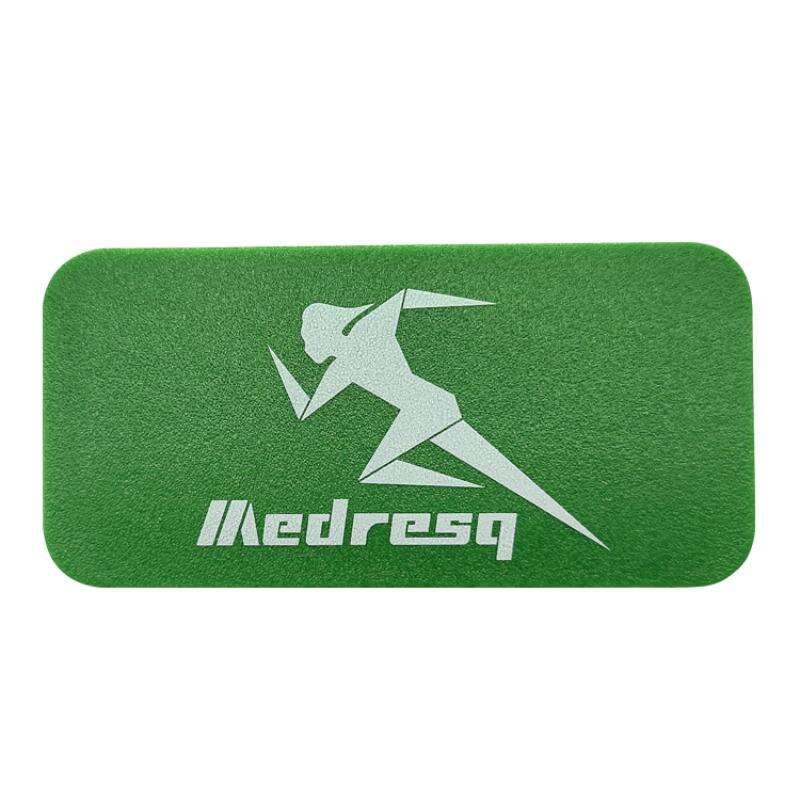Introduction
Emergency care is fundamental to health systems worldwide and the need for reliable medical products capable of enhancing availability and efficiency has been further accentuated. They are essentially emergency aid bandages by way of quality healthcare for various remote and underserviced communities that lack direct access to it, particularly in Africa. Asia is home to many manufacturers who specialize in Emergency Bandage in compliance with international quality standards. Join us in a whirlwind tour of the projects and players changing what is possible under disaster response here in Afrika.
Top Key Players Bandage Manufacturers Market Size and Share:
This has meant that those selling emergency care bandages in Africa are something far greater than simple sales agents, but rather creative manufacturers pushing at the edges of different medical disciplines. Which means these are companies who work on bandages etc. that works both when you need them to stop bleeding extremely quickly, but they also help in the repair of damaged tissues promoted by various climate zones from at least north Scandinavia till down south Africa. A lot of their gear is crafted from modern materials to be both durable and breathable, yet easy enough for someone who isn't an expert with field expedient emergency sutures.
Emergency bandages pioneers across the continent - The Dispatch an Expedition Investigating efforts of making and developing strips after COVID-19 in Uganda.
As one of the very first to combine technology with moisture-wicking dressings, [Company A] has a solid history reducing infection rates in humid and tropical conditions. Company B has completely gutted the pressure applicator space, to deliver perfect force every time for complete hemorrhage control. The remarkable commitment to innovation from these companies has truly raised the emergency care bar for Africa and far beyond.
Top 10 Emergency Care Device Manufacturers
Company A: The above reference mentions that they have game-changing moisture management technologies.
Company B: They also eat every other trauma company's lunch now with their fancy pressure applicators.
Company C: The first complete set bandage series in Eco-friendly condition that minimizes waste disposal to environment, yet still effective and functional as same regular brand aid.
Illustration: [Company D] -Rayon Fiber Dressings suitable for immediate use at severe wounds, frequently present in industrial accidents.
Company E - The heat-activated adhesive bandages from Company E make enabeling quicker and more intuitive when the pressure is on.
Innovations in antibacterial coatings resulting on significant reduction of infections (Company F)
G: Cheap, more-clinical-but works like a dream.
Robot Bandage Kits and Portable First Aid So Good it Should Actually Come.
Company I - Developing protective bandages, appropriate for any kind of sports in the most extreme weather conditions.
Company J: Wound bandages with smart technology (including biofilms) that can remotely monitor him wound healing process
All that along with different manufacturers bringing in their own suspicion of the emergency care to then be uploaded, creating what is undoubtedly another bulging layer cake industry structure in Africa.
African Delegates to Discuss State-of-the-art Emergency Bandage Technology
These Manufacturer even conduct training programs and practical workshops, these kinds of highly skilled manufacturers not only manufactures bandages. Through training healthcare workers and responders on the proper use of their products, they assist in making emergency care more effective -- which means saving more lives. For PR Example: [Company E] holds webinars to convey the science of their heat-activated adhesives or vice-versa local health authorities have always collaborated with partners in infection control, (AIT), from way back when using antibacterial band.
Highly advanced range of Emergency Bandage Supplier in Africa
You have to know what they are good at, as well gain some specialty there among all of the bandage supplier landscape in emergency care. Not the least, you have green options for your environmentally conscious consumers such as [Company C]'s eco-friendly products, or an all-inclusive first aid kit crafted to specific adventurers and remote workers like demonstrated by [Company H]. This involves understanding the newest technology and what makes each of these ten manufacturers unique, to enable more informed decision-making around products that best suit emergency care.
In conclusion, African EM manufacturers are still innovating to a level where most of the solutions developed are directly responding to challenges direly needed uniquely on our continent. Their commitment to build up the healthcare emergency preparedness of continent, thus reinforcing Africa's medical infrastructure and stating a pillar in their global leadership for lifesaving care cannot be overstated. Africa is not yet on the global emergency medicine map, but these producers are making a future of it one strip at time.
 EN
EN
 FR
FR
 DE
DE
 IT
IT
 JA
JA
 KO
KO
 RU
RU
 ES
ES
 AR
AR
 BG
BG
 HR
HR
 DA
DA
 NL
NL
 FI
FI
 EL
EL
 NO
NO
 PL
PL
 PT
PT
 RO
RO
 SV
SV
 TL
TL
 ID
ID
 SR
SR
 UK
UK
 VI
VI
 SQ
SQ
 TH
TH
 TR
TR
 AF
AF
 MS
MS
 CY
CY
 IS
IS
 HY
HY
 AZ
AZ
 KA
KA
 MN
MN
 MY
MY
 KK
KK
 UZ
UZ
 CS
CS



